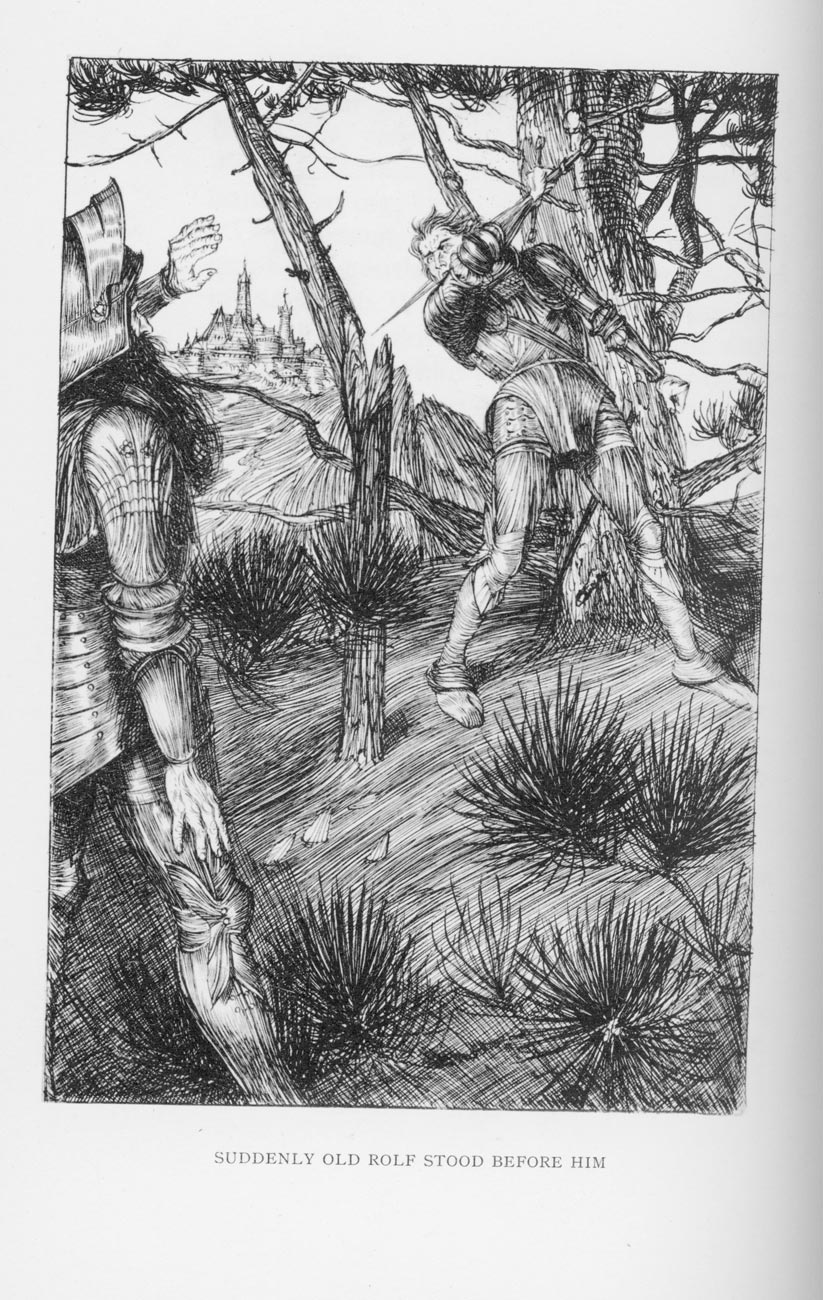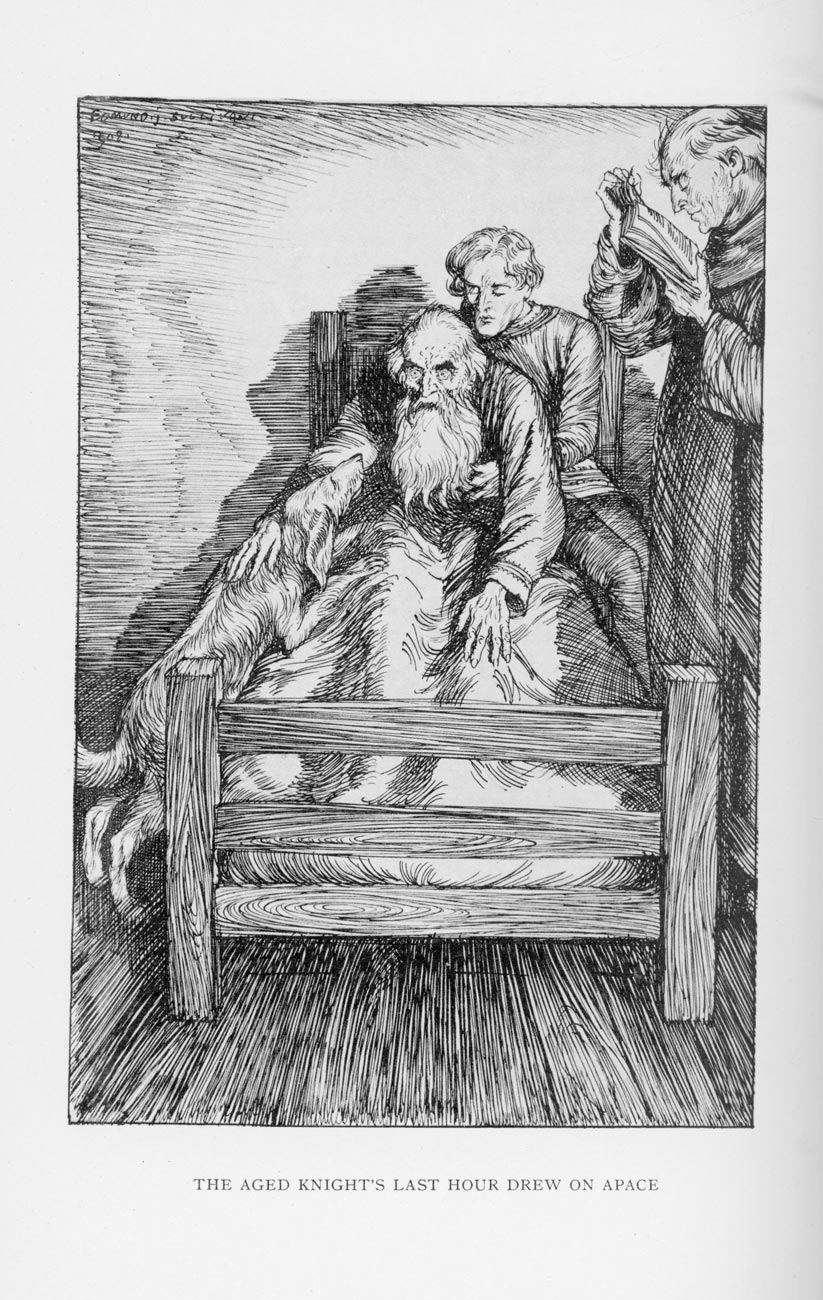Friedrich Heinrich Karl de la Motte, Baron Fouqué (born February 12, 1777, Brandenburg—died January 23, 1843, Berlin) was a German novelist and playwright remembered chiefly as the author of the popular fairy tale Undine (1811).
Fouqué was a descendant of French aristocrats, an eager reader of English and Scandinavianliterature and Greek and Norse myths, and a military officer. He became a serious writer after he met scholar and critic August Wilhelm Schlegel. In his writings Fouqué expressed heroic ideals of chivalry designed to arouse a sense of German tradition and national character in his contemporaries during the Napoleonic era. His ideas, based on the view of linguistic development first conceived by the philosopher J.G. Fichte, stressed the influence of the mother tongue in shaping the mind.
(Read Sir Walter Scott’s 1824 Britannica essay on chivalry.)
A prolific writer, Fouqué gathered much of his material from Scandinavian sagas and myths. His dramatic trilogy, Der Held des Nordens (1808–10; “Hero of the North”), is the first modern dramatic treatment of the Nibelung story and a precedent for the later dramas of Friedrich Hebbel and the operas of Richard Wagner. His most lasting success, however, has been the story of Undine, a water sprite who marries the knight Huldbrand to acquire a soul and thus become human but who later loses this love to the treacheries of her uncle Kuhleborn and the lady Berthulda. Although Fouqué’s works were at first enthusiastically received, after 1820 they rapidly passed out of fashion. Fouqué died in poverty after belated recognition by Frederick William IV. (Brittanica.com)
I spent the day finishing my reading of

and preparing this review.
In his preface dated December 5, 1914 to the 1915 edition Fouqué discusses thoughts on the sources of a poet’s inspiration, focussing on the Durer drawing which was his source for this work: “A few years ago I found a fine copperplate engraving by Albrecht Durer among my birthday gifts< A knight in armour, with an old, worn face, riding a great horse and followed by his dog, is passing through a dreadful valley, where the clefts of rock and the tree roots distort themselves into hideous forms. The ground is thickly carpeted with poisonous toadstools, and evil serpents crawl in and out among them. Close beside the knight, on a small, lean horse, rides Death; behind, a demonlike shape claws after him with its long arm. Horse and dog look strange and unnatural, as though transformed by the ghastly surroundings, but the knight rides calmly onwards, carrying on his lance-point a transfixed salamander. In the far distance a fortress can. be seen, its fair hospitable ramparts looking down into the valley, whose contrasting desolation seems to sink all the more deeply into the soul.” D. E. Schober, in 1769 suggested “Durer must have taken the idea from some special event, or else he meant it to express figuratively a soldier’s career”.
Fouqué took a good number of years to respond to his friend’s wish that he should write a romance on the theme. Rather than a romance he has written a novel set in his favourite Norwegian period reflecting the sagas of that era in a distinctly magical and satanic mood displaying all he has taken from Durer’s engraving.
His fine descriptive language, as in “the torchlight flickered drearily among the shadows of the vaulted roof” contains much alliteration, for example “still the silence continues. Single voices, in low uncertain tones, tried to renew their interrupted speech of a while since…..strange singing and sighing….”
He makes full use of the weather to set a scene and reflect a mood, harshly dramatic or softly calm.
The quality of the prose is further exemplified below.
I have paired these pages of prose with the exquisite engravings by E. J. Sullivan, demonstrating that both the artist and the author adhere faithfully to Durer’s work. All images can be enlarged in the gallery.
A. C. Farquharson, the translator, has produced a very readable version.
This evening we dined on belly of pork baked in chillis and peppers, carrots, cauliflower, broccoli, and cauliflower leaves.
Undine is featured in https://derrickjknight.com/2016/05/17/undine/
















































